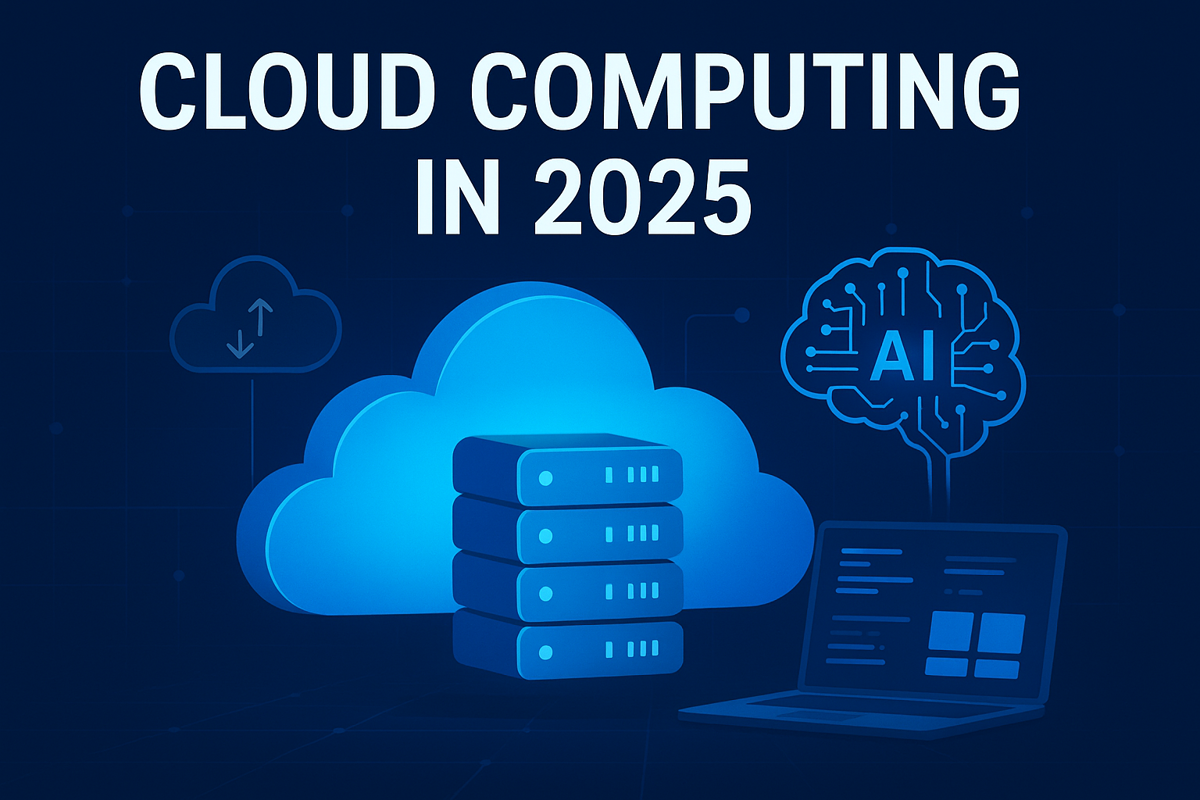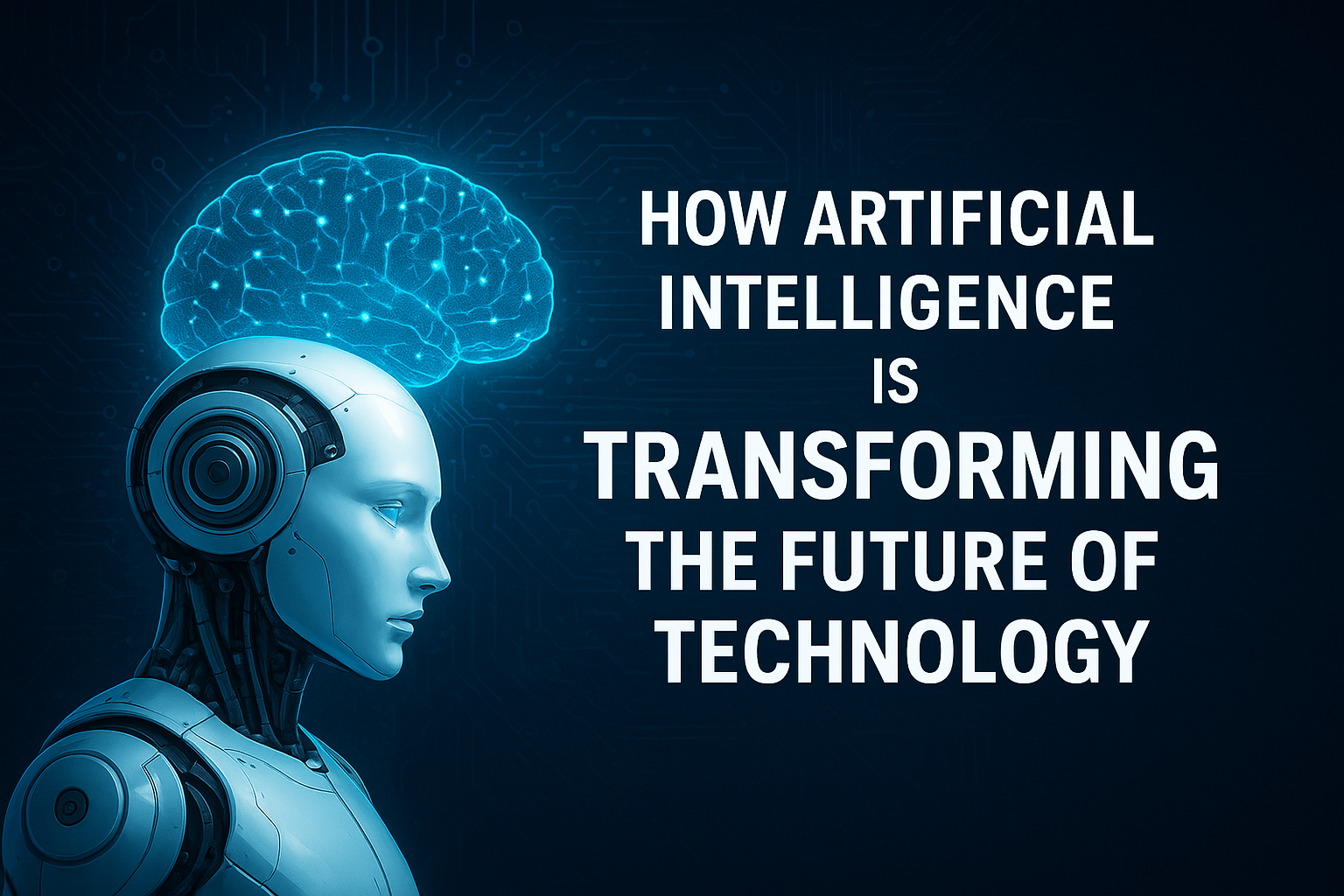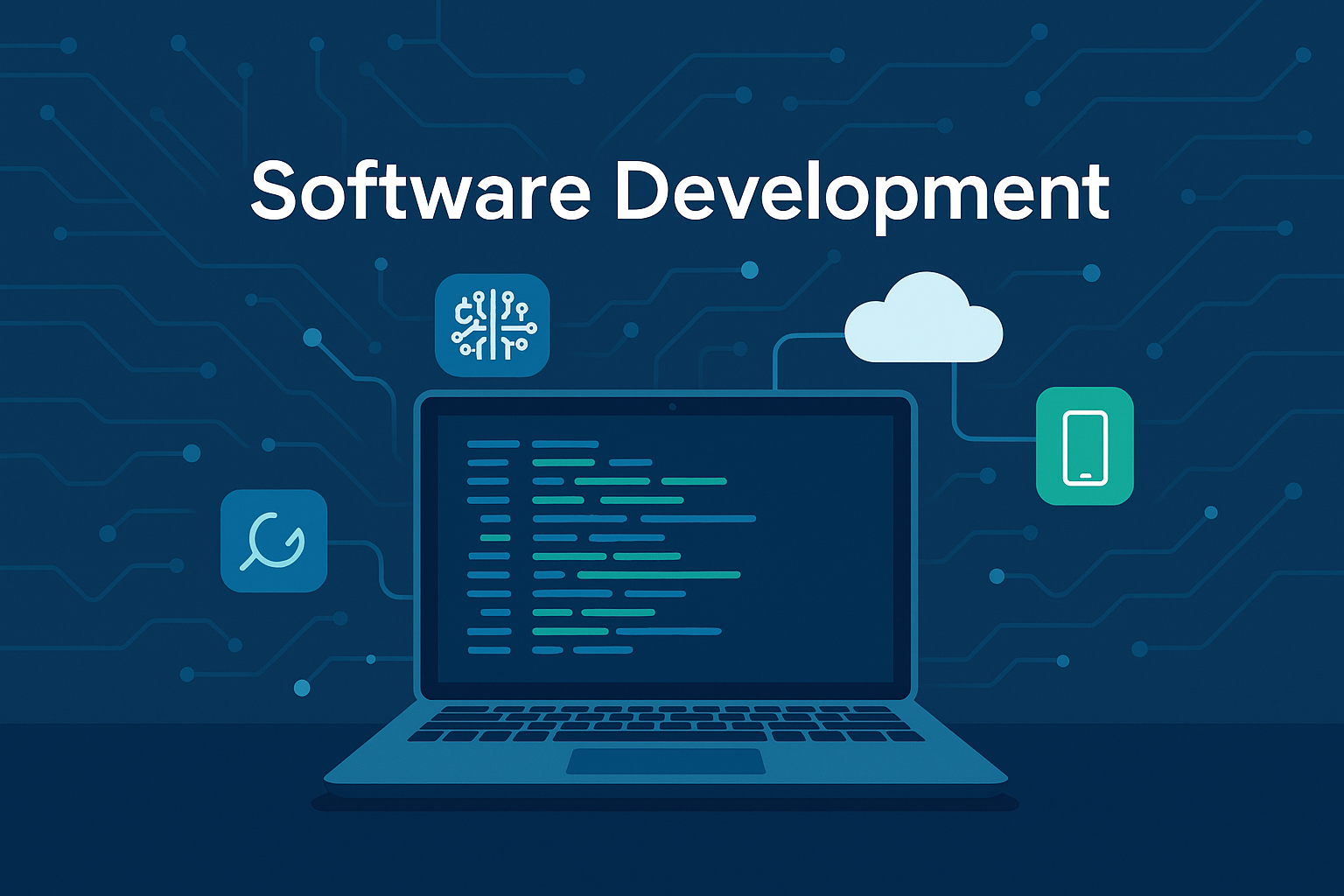
Top Cloud Computing Trends Transforming Business in 2025
Discover the latest cloud computing trends of 2025 that are pushing forward innovation, enhancing security, and improving efficiency.
Introduction
Cloud computing is continually transforming how businesses operate, collaborate, and expand. In 2025, we are witnessing significant advancements in hybrid models, AI integration, and sustainability initiatives. As organizations delve deeper into the digital age, grasping these cloud trends is vital for remaining competitive and resilient.
1. Rise of Hybrid and Multi-Cloud Architectures
Companies no longer depend on a single cloud provider. Multi-cloud and hybrid models offer flexibility, cost savings, and redundancy. This trend enables organizations to avoid vendor lock-in and improve performance across regions.
Tip: Utilize unified cloud management tools to monitor and secure resources across platforms such as AWS, Azure, and Google Cloud.
2. AI and Machine Learning Integration
AI-driven automation has become central to cloud ecosystems. From predictive analytics to self-healing infrastructure, machine learning is facilitating smarter, quicker decision-making.
Tip: Implement AI-based cloud monitoring to optimize workloads and identify anomalies in real time.
3. Edge Computing Expansion
As IoT devices continue to multiply, processing data closer to the source reduces latency and improves speed. Edge computing, integrated with cloud systems, is transforming industries such as healthcare, manufacturing, and logistics.
Tip: Combine edge and cloud solutions to achieve a balance between scalability and real-time data processing.
4. Serverless Computing on the Rise
Serverless architectures allow developers to concentrate on writing code while cloud providers manage infrastructure. This model lowers costs and accelerates deployment.
Tip: Evaluate Function-as-a-Service (FaaS) offerings for scalable, event-driven applications.
5. Focus on Cloud Security and Compliance
With the rise of data breaches and increasing regulatory scrutiny, cloud security is a top priority for 2025. Encryption, zero-trust frameworks, and compliance automation are becoming the norm.
Tip: Implement identity and access management (IAM) and conduct regular compliance audits.
6. Sustainability and Green Cloud Initiatives
Leading providers such as AWS and Google Cloud are heavily investing in carbon-neutral infrastructure. Businesses are opting for green cloud solutions to achieve their environmental objectives.
Tip: Monitor your cloud provider’s sustainability metrics when selecting long-term partners.
7. Industry-Specific Cloud Platforms
Vertical clouds designed for healthcare, finance, and retail are easing compliance and customization challenges. These specialized platforms cater to sector-specific workloads.
Tip: Investigate domain-specific cloud platforms to enhance integration and compliance efficiency.
8. Cloud Cost Optimization with FinOps
As cloud usage expands, effective cost management becomes critical. FinOps practices blend finance and operations to foster transparent budgeting.
Tip: Utilize automated cost optimization tools and dashboards for real-time visibility into cloud expenditures.
Conclusion
In 2025, cloud computing transcends mere storage—it embodies intelligence, agility, and sustainability. Businesses that embrace these trends will unlock innovation, enhance performance, and future-proof their digital ecosystems. The cloud has become the cornerstone of tomorrow’s interconnected world.


